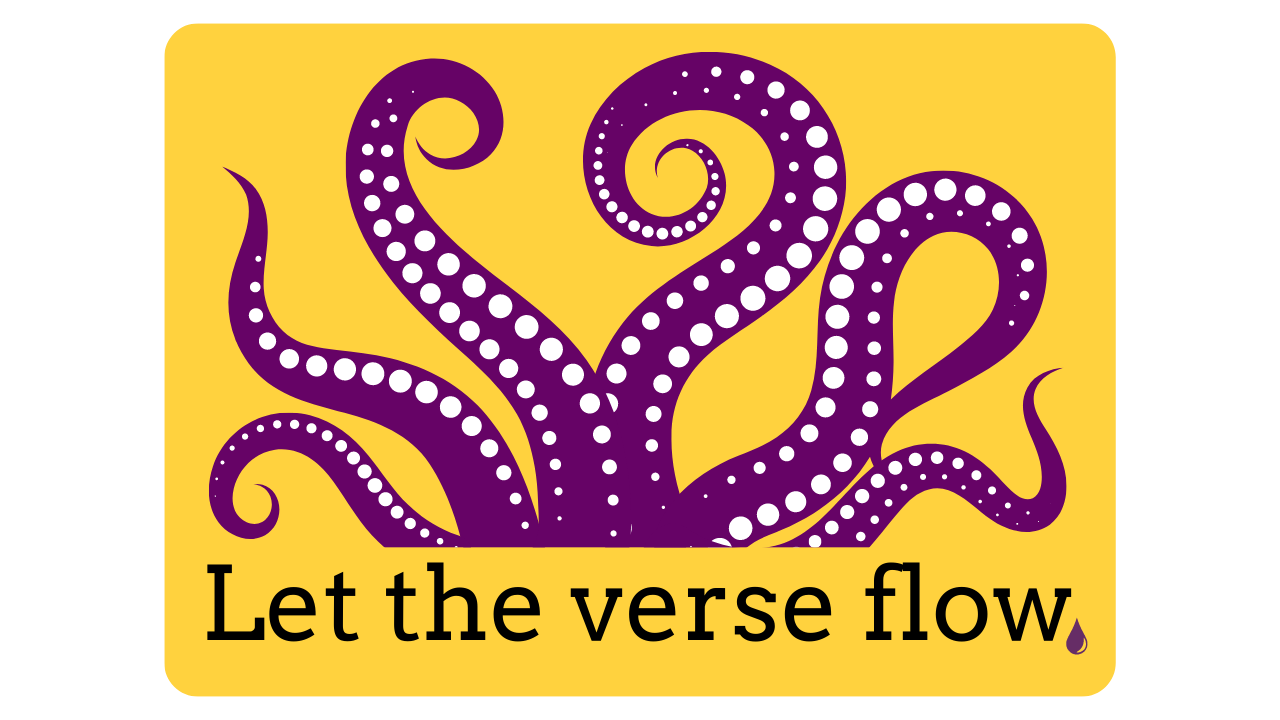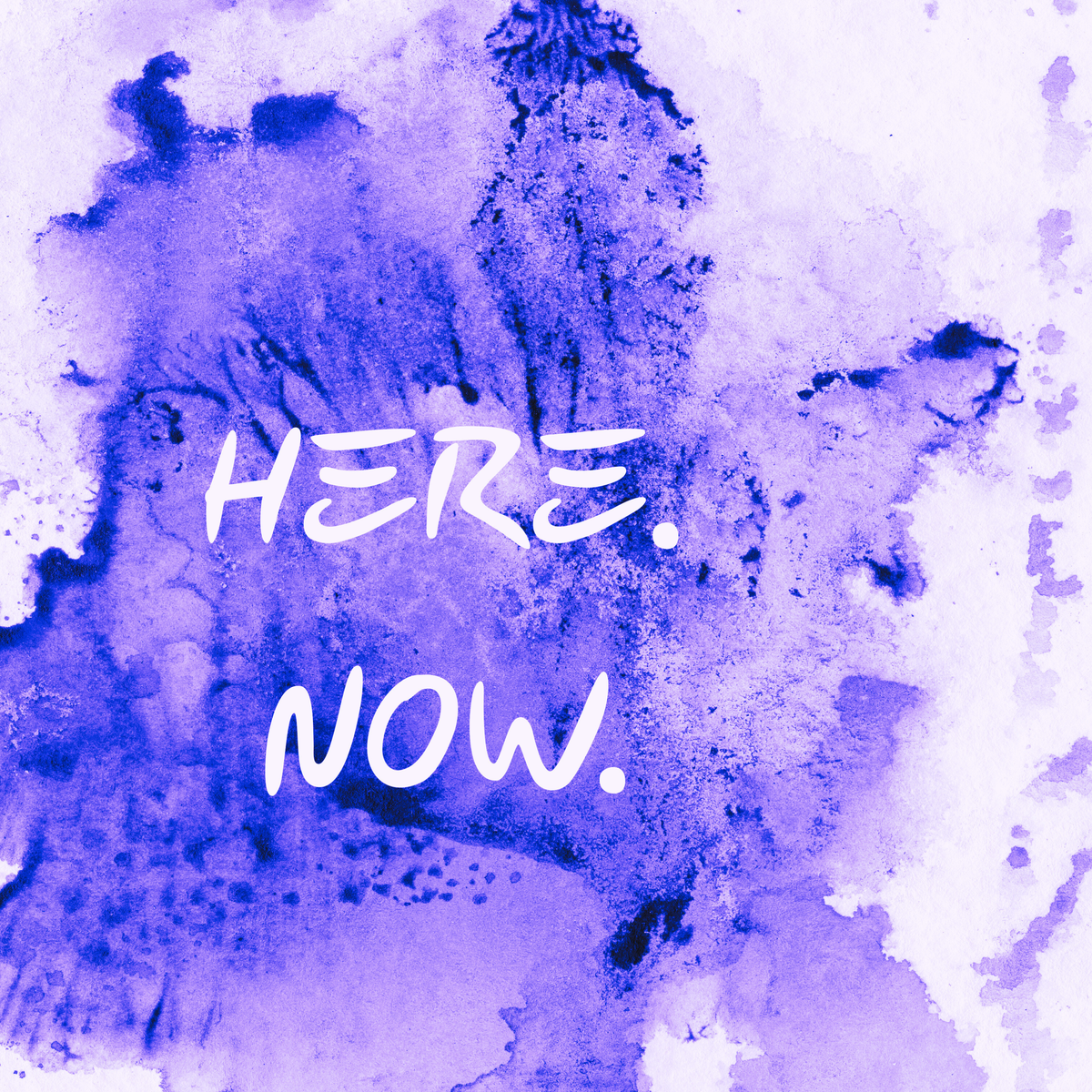Listen to Let the Verse Flow on Your Podcast Player of Choice
This is a transcript from episode #26 of the Let the Verse Flow Podcast.
Let's explore how to become more mindful of the moment.
Why might we want to live in the moment?
What do we mean by being mindful of the moment?
How can something as simple as being mindful of the breath, also be complex?
Have we made it harder than it has to be, or is it the culture of our thoughts and lives that has made it hard?
This moment: it is ours to have.
Some Definitions (Mindfulness)
To come to a common understanding about mindfulness, let’s define it. It’s one of those terms that you may have heard over and over again, say in meditation class, a yoga class, from a doctor or therapist, or in your readings on personal growth, but it's important to define clearly because it can be slippery, and it’s also very personal. Your concept and reality of mindfulness may look different than mine. Mindfulness as an idea, a concept, or an understanding, can sort of slip away if we let it. Mindfulness is deceptively simple, yet not always easy.
So here’s the definition that works for me: Mindfulness is a mental state of awareness of the present moment without judgment. I love the end of that sentence, the “without judgment” part, because there may be very few things we can say that about in our lives these days.
When we are mindful, we try to be fully present as we observe our feelings, thoughts, and bodily sensations. We notice our feelings, we notice our thoughts, and we notice our body. We notice these thoughts and sensations without getting caught up in them. We observe, we notice, but we don’t judge. Let’s break this down further.
Can you think of a time when we can be aware of our thoughts, feelings, and body sensations without having to do something about them? Rarely. Much of the way the world works is not conducive to sitting in silence and stillness. We also rarely detach from the near-constant thinking and feeling states we are caught up in. We can become fused with our emotions and identify ourselves so closely with feelings or thoughts that they define who we are (and then color all our experiences).
Detaching from Our Thoughts (and Judgment)
While it can feel perfectly natural to say, “I am angry,” in mindfulness practice, we might separate ourselves from that feeling and tell ourselves something like, “I notice anger is coming on.” This subtle change in language and self-talk puts some distance between us and the emotion, and that distance can help alleviate feelings of judgment or feeling stuck in an emotion. Notice the difference between saying, “I am angry,” and “I notice anger is coming up.” You aren’t owning that anger as much, you aren’t embodying it as much. It simply exists in that moment, and you are noticing its presence.
When you notice anger but don’t attach to it, you create an avenue to let the anger pass, to see it as detached from yourself. It becomes something that isn’t fixed or unchangeable. It’s fleeting, it’s here now but it may not return. We can leave it alone, and we may find that it leaves as quickly as it came into our lives. There isn’t a sense that you will be holding on to that anger. The space that we have created between the angry feeling and our reaction to it allows us to let go of the anger more easily. Over time, anger will lose some of its grip on our minds.
Also, noticing these thoughts and feelings is less judgmental than getting entangled with them to the point where they fuse with our identity. So, mindfulness helps us notice thoughts and feelings as we gain greater awareness of our body and our breathing. It helps us distance ourselves from those feelings and thoughts just enough to remove our identity from them, and it helps remove judgment. It’s very powerful.
Reining in the Mind: Simple (and Complex)
Mindfulness is unlike anything else that I can think of – it appears to be as simple as being present in the moment, but mindfulness takes deep practice. Our first attempts at being mindful may take us into uncomfortable territory because we are finally reining in the mind after what could be decades of letting it run free.
Like a wild child, our feelings and thoughts may have taken center stage, running the show, and now we are asking ourselves to look at them as mere passing notions. We are detaching from them, and that takes time, practice, and acceptance. Accepting that it will feel messy, that it won’t be near perfection, and that it will be unlike the typical rhythms and patterns we have known.
Calling the Shots with Mindfulness Meditation
If we can agree that mindfulness is a good goal; that we want more mental freedom and neutrality. If we want to release the hold that these strong emotions and tangled states of mind have wrapped us up in, we have options in pursuing mindfulness. We might pursue mindfulness meditation, which is a route I am choosing at this stage of my life and what I want to talk about here.
If the first thought that pops into your head when I say mindful meditation is a guru sitting in lotus position chanting, I hope to convince you that mindful meditation can be many things to many different people. There are many shades of nuance to meditation. You can meditate while sitting, lying down (one of my favorites), walking, or eating. You can add mindful moments to your day and not structure things into a formal meditation at first. You have flexibility and freedom. Your mindfulness meditation practice will be your own, so you call the shots.
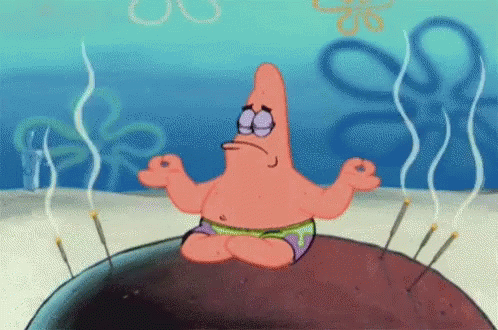
A Mindfulness Break (Music)
To get a taste of mindfulness, let's take a music break. There’s going to be sweet violin and a beat that brings a smile. A short respite. Just enjoy the music without an agenda. Get a taste of mindfulness. There’s nothing you need to do right now. Nothing more important than a few moments for yourself. [press play below]
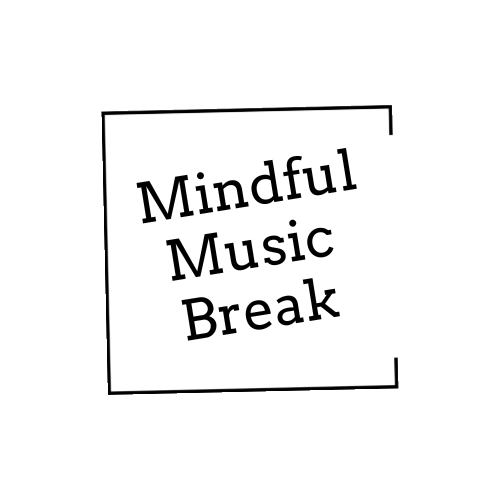
Did you hear the violin? Did you smile? Did the beat make you want to tap your hands and feet? You connected with the moment. Let’s find out how we can spend more time with these types of mindful moments.
Options for Your Meditation Sessions
I like the structure of mindfulness meditation sessions, usually done in a chair, sitting on a cushion, or lying down. Some days it’s a simple sitting meditation, other days, I do a body scan meditation while lying down, and then I also do a walking meditation. I enjoy walking in nature, so that’s a less formal type of mindfulness meditation I engage in.
As most of you know by now, one of my problems (it can be a problem or asset, depending on the situation) is that once I get an idea in my head, it’s hard to let it go. If you want to hear me explore this subject of overthinking, check out episode #23 (Overcoming Overthinking and Worry with Journal Writing & Meditation). In this episode, I go on an overthinking rant and then try to resolve it. Overthinking and allowing the mind to take over my life is my default, and mindfulness meditation is slowly helping me change my ways of being.
Where do we start with mindfulness meditation? I’m likely to start with research, my old trusted friend. I love researching, I love the detective work of learning new things by searching the internet, reading books, and blog articles. I love it all, but one check of the resources on mindfulness meditation can have us reeling. There are so many types of practice: Buddhist, Zen, Yoga, therapeutic stress reduction, and many of us picture monks and spiritual guides and sitting in a pretzel for hours when we don’t even think we have enough time to go to the bathroom.
Am I right? Perhaps you’re worried that, like me, you’ll overcomplicate things as you step into mindfulness meditation. So let me give you a few places to start because while you have many options, there are some well-known tools and resources you can explore until you find the type of practice that suits your needs.
Meditation Resources Abound
For example, if you are interested in learning the dharma or Buddhist teachings connected with the Eastern traditions of meditation, there’s a wonderfully rich landscape of information and insight. Audio Dharma provides lessons and guided meditation sessions from the Insight Meditation Center in Redwood City, California. I listen to Gil Fronsdal talk so simply and beautifully about the dharma. It’s aspirational for me as I try to learn and grow my meditation practice.
Another comprehensive resource is the Insight Timer App which hosts a collection of guided meditations, mindfulness courses, talks, calm music collections, and group forums. They even have audio poetry recitations. You might find your girl on this app one day soon, who knows? Finding a mindfulness meditation aid that fits your sensibilities and lifestyle isn't difficult. Maybe you start with a sleep meditation and listen to a music playlist while coloring. You have options. You can also listen to my affirmation meditations; I blend guided meditation with affirmation statements to help you move toward ways of thinking and understanding. I’ve shared a few as bonus episodes of the podcast: Affirmation Meditation to Keep Your Dreams Alive (episode #20), Affirmation Meditation to Cultivate Creative Flow (episode #22) and Affirmation Meditation: Overcome Overthinking and Worry (episode #24).
I have been studying these Buddhist teachings and meditation, off and on, for a few years now, but recently I settled into a more steady practice of mindfulness meditation.
At its core, mindfulness meditation is a simple activity, and you don’t have to get involved in a spiritual practice to use it in your life. You can simply begin to use mindfulness meditation techniques to start to quiet the mind (perhaps using your breath as an anchor to stay in the present moment).
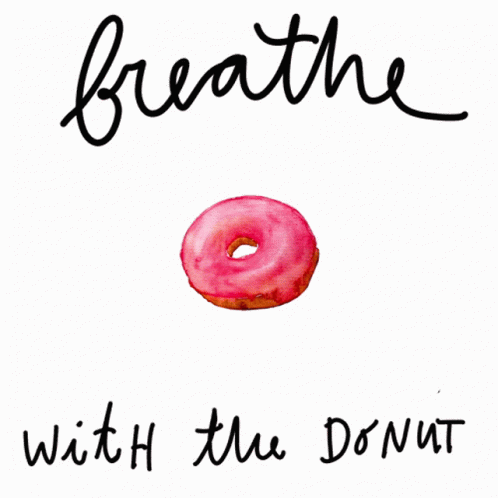
You can find a comfortable seated position on the floor or in a chair; other people like to lie down, and from this position, you focus on the breath and calm the body and mind down. As always happens, ideas will rise up in your mind from time to time, and you simply bring your attention to your breath as a way of letting go of those thoughts. You may find your mind thinking about chores you have to do, something you forgot, or how itchy the back of your neck feels.
Each time one of those thoughts comes into your mind, you let it rise up and then let it pass by. You don’t engage with it, worry about it or think about why you are thinking, you return your focus to your rhythmic breathing and move on. You don’t change the way you breathe – don’t try to control it. You don’t need to do that, you just use the breath as an anchor to the present moment. You do this for 15-20 minutes each day like you do your journaling or your exercise routine, and over time you develop a mindfulness meditation practice.
Mindful Moments Matter
One of the most comforting ideas I discovered when I started meditating was that when you get distracted by a thought, realize it and then return to being mindful of the breath, you have had a mindful moment. That little moment of recognition was mindful. So there are little successes to be had early on in mindfulness meditation. You got distracted, you noticed it, you were mindful, and you returned to focusing on your breath. The breath is a foundational tool for focusing the mind, but you can use a word or mantra or focus on a sound or sensory experience. The focus on that one thing is an anchor for your thoughts so they don’t run away.
The Benefits of Mindfulness Meditation
The benefits of mindfulness meditation are staggering, there are well-documented benefits, including reducing stress, improving concentration and focus, and handling difficult emotions. There are also health benefits like better sleep, lower blood pressure, and positive effects on the immune system. Plus, you feel better, uplifted, and satisfied with your life. All this from as little as 15 minutes a day.
As I’ve rejoined my mindfulness meditation practice and my dharma teachings, these ideas have invaded my creative time. Typical of me. Here’s my latest poem, it’s called Moments.
Moments
By Jill Hodge
Moments of angst deferred
Until there are no words for anger
No avenues of escape
Just moments
Days of bitter patterns
As habits are formed and set
Locked in concrete pathways
Just moments
Years of doing it this way
It’s all we've known
Until a voice cries and then shouts
And there’s a chance to work it out
Just moments
Stop and look around
Searching for the sounds of your heart and
Your feet on a quest they are bound
Just moments
Moments are becoming golden
We watch them come and pass
So this moment is ours
And it's fleeting but it lasts
Just moments
Days of questions
But they are the right ones
And we’re asking them now
Bathing in just moments
Years that we have lost
But we didn’t know how and
We didn’t know what, so that’s how it goes
It’s over now, just moments
Now is our chance, cause we know what we know now
And we’ve lived as we lived
Living through these moments
Just moments
Living through these moments
Just moments
We can convince ourselves that the patterns of the past are destined to become the patterns of the future. That we are too stuck in our ways, that breaking free from them takes too much time and effort, that it costs too much. But once we realize our lives aren’t working, at least not as well as they could be, we have an incredible opportunity to make them better.
And it’s not always moving mountains and year-long planning, sometimes it’s as simple as being with yourself for 15 minutes each day to take a rest from the angst and twisted thinking. 15 minutes—that’s about as long as it takes to wash the daily dishes, brush your teeth and face, and settle into bed or get dressed in the morning. Doesn’t your mind, your outlook, and your sense of well-being deserve to be added to that list? I think we have 15 minutes. The question is, what are you going to do with them?
And if you get lost for a bit along the way, or this mindfulness meditation thing seems too much, come back to simple sitting with the breath. Tap into the resources I’ve mentioned when you are ready, and remember to leave that judgment behind. We don’t need it, and it won’t serve us.
Journal Prompts to Reflect on Your Mindfulness Practice
Here are some journal prompts to help you reflect on your mindfulness practice, whether you are just getting started or have been practicing for years, each day is a new chance to begin again. Journaling alongside meditation can be wonderful for helping you document your thoughts, your growth, and the ways that you are changing through meditation.
There are several foundational tools for our personal growth journeys. Journaling and mindfulness meditation are two of my favorite ones. They complement each other well; journaling helps us explore and reflect on our lives, while mindfulness meditation allows us to be present in that life.
Let me know how your meditation practice is going, reach out to me at jill@lettheverseflow.com. Also, if you’d like me to create a new affirmation meditation on a particular topic, shoot me an email and let me know. Until next time, may your journaling and meditation bring you moments from the bright side of the beat.🌞
Podcast Music: My thanks to all the musicians who make incredible music and have the courage to put it out into the world. All music for my podcast is sourced and licensed for use via Soundstripe.
Songs in this podcast episode: Your World by Nu Alkemi$t; Slide by GEMM; Breathe by Marie; Taken Away by Dr. Delight; Pyaar Kee Seemaen by Cast of Characters
Resources: Audio Dharma (Gil Fronsdal); Insight Timer
LTVF Season Two Music Playlist: Check out the songs that inspire me, and connect with artists from many genres who add to our collective, human soundtrack.
Listen to Let the Verse Flow on Your Podcast Player of Choice
Check out the resources on this website (and subscribe) to get podcast episodes, poems, articles, music playlists, and journal prompts delivered to your inbox.
Then, connect with me on Instagram. Let me know you hear me out there!
Journaling Resources
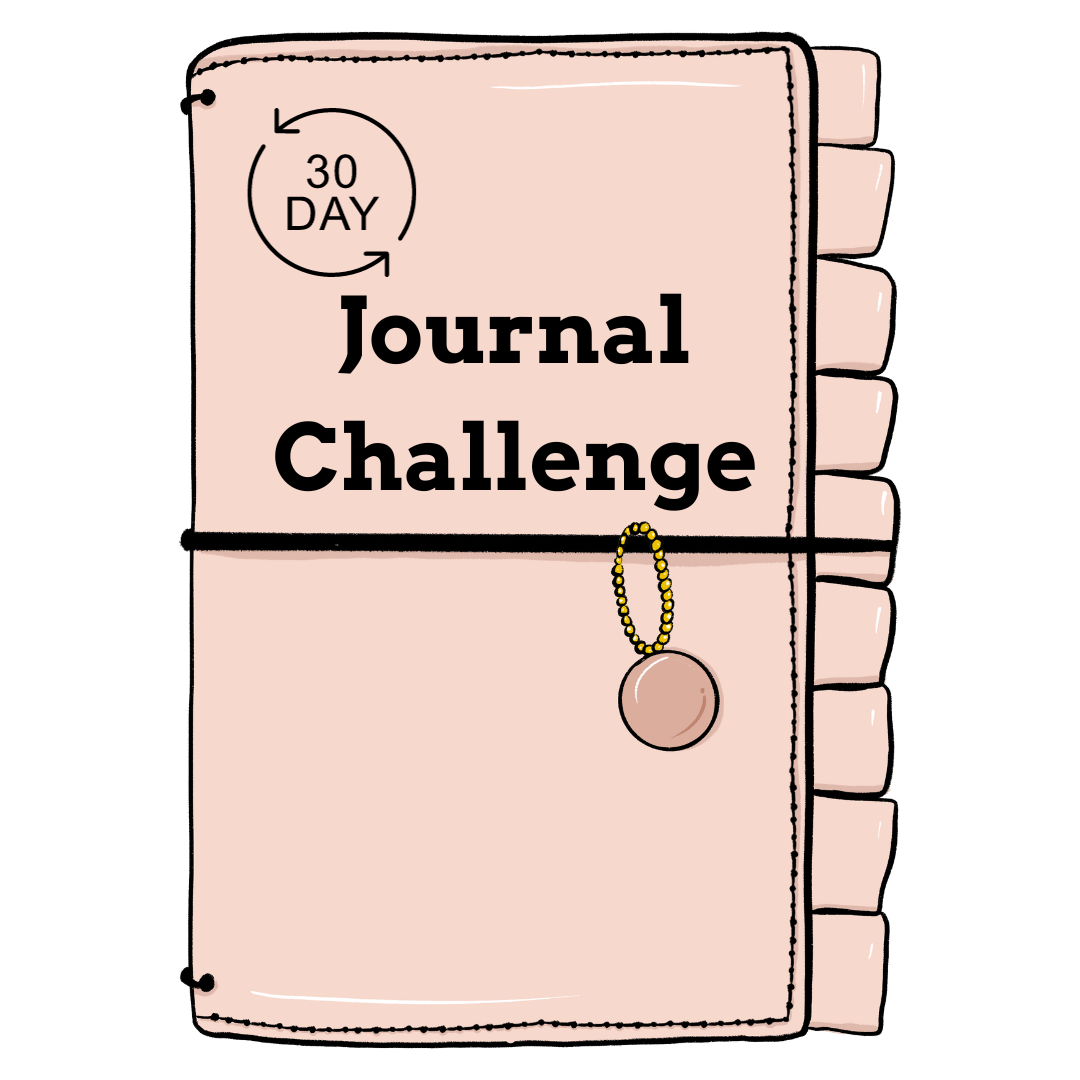
Sign up for the Let the Verse Flow Newsletter and get access to all my articles, including this free 30-Day Journal challenge (with starter writing prompts).
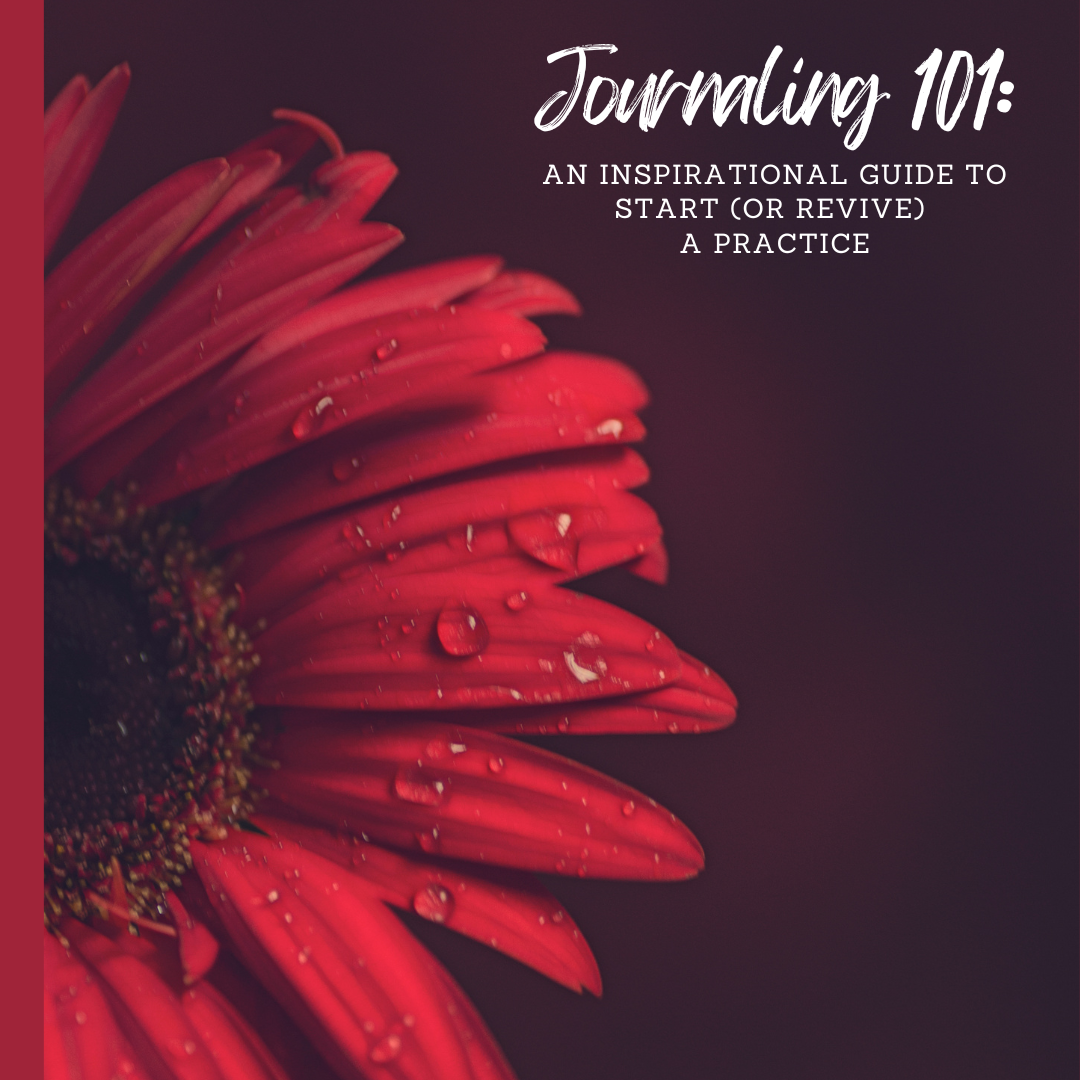
Sign up for the Let the Verse Flow Newsletter and get access to all my articles, including this free journaling guide.
Let the Verse Flow is a community-supported, independent publication launched in June 2023 by Jill Hodge. If you subscribe today, you'll get full access to the website and newsletters. Members are vital to building a rich community of diverse voices. Join us by subscribing today; consider a paid subscription to support the community if possible. Thank you!
